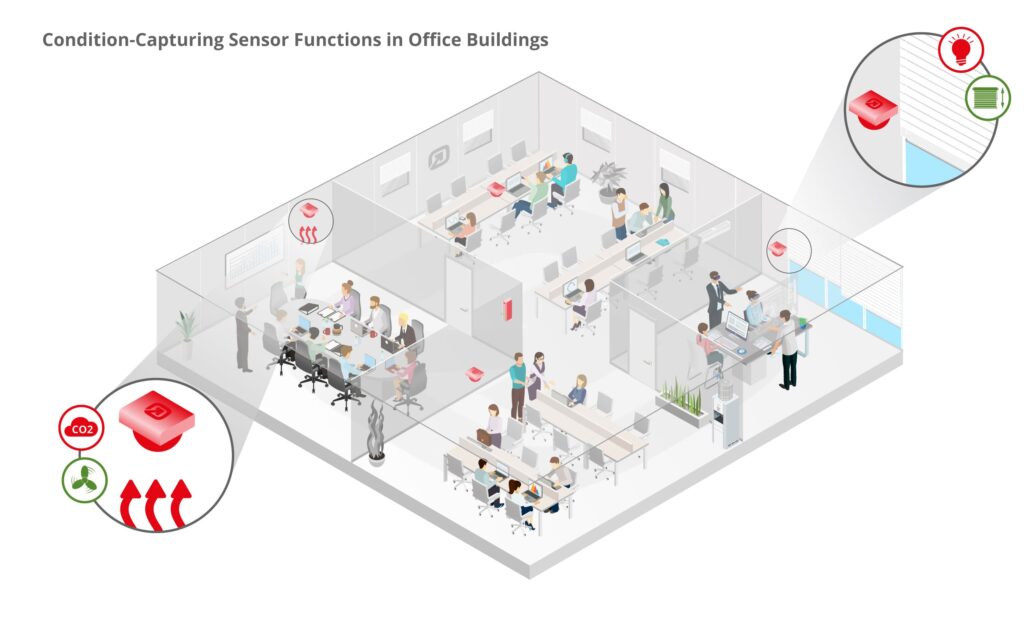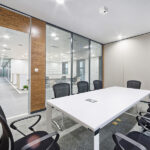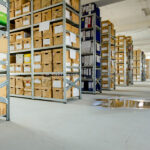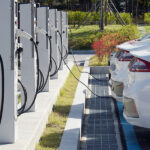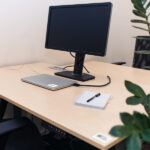Condition monitoring sensor enable the adaptation of climate control and lighting control to the actual room use in an office building. In this way, productivity can be and the well-being of the employees is increased and at the same time energy savings as well as a Optimization of the available space can be achieved.
AT A GLANCE
- overview of status information – such as room temperature, carbon dioxide content and lighting conditions
- light sensor: Automated control of room lighting conditions
- CO2 sensor: Automated control of carbon dioxide content
PROBLEM DEFINITION
A multitude of factors influence the well-being of people and affect the performance of the employee. Too high a carbon dioxide content, poor lighting conditions and too warm or too cold room temperatures at the workplace can significantly reduce performance.
SOLUTION
Modern technology can help employees to find the optimum room climate. infsoft Locator Nodes can be extended by sensors that absorb values such as carbon dioxide content or room temperature and control third-party systems as required. This saves energy and increases employee productivity. In addition, the light can be controlled via sensors that set pre-configured light levels, adapt to the workplaces actually used or shut down the illuminance and close blinds during presentations.
TECHNICAL IMPLEMENTATION
CO2 sensors are installed in the office building to enable continuous and accurate monitoring of carbon dioxide levels to ensure a pleasant working environment for employees and visitors. The current room occupancy can be determined, for example, by installing infrared (IR) thermopile sensors. These measure the surface temperatures of objects and create a grid-like environmental sketch. All sensors communicate via Bluetooth or Wi-Fi with the infsoft Locator Nodes. The status information is linked to conditions in the Automation Engine, so that specific actions such as climate control in a room can be reported to building management systems. The building management system can then control the adaptation of the room climate to a target value.
In addition, light sensors can measure the brightness in the room and control the lighting depending on the amount of daylight. Another application is in conference rooms. Here, the room can be darkened automatically during presentations.

